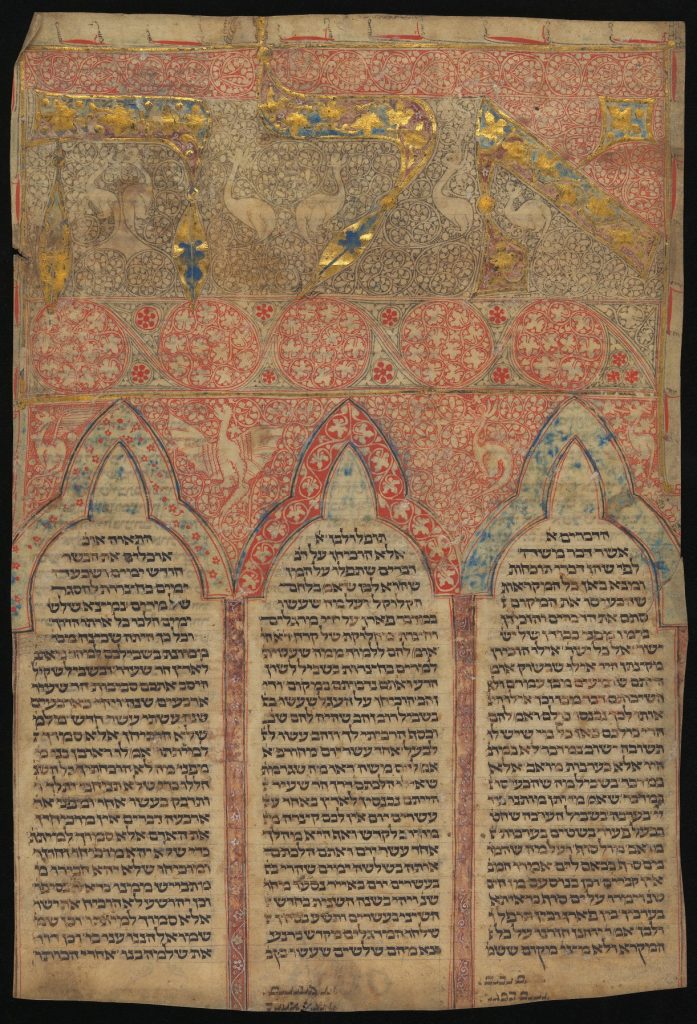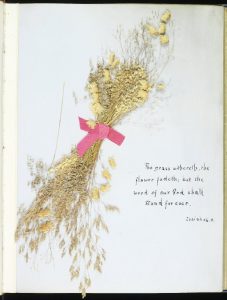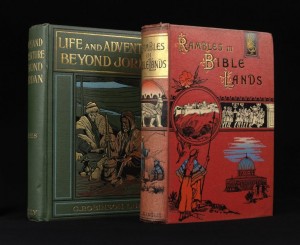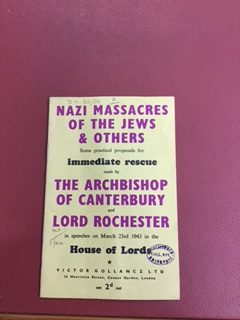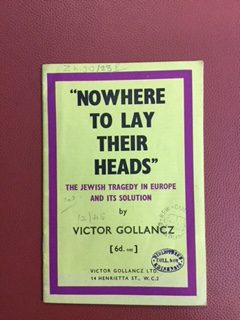
It all began with The Disruption. Not 2020’s lockdown but The Disruption of 1843 when ministers and elders left the Church of Scotland to set up the Free Church of Scotland. They started from scratch creating churches, manses, schools and a place to train and educate the new Free Church ministers: the New College. In June 1846 Rev Dr Thomas Chalmers, one of the leaders of The Disruption and New College’s first Principal laid the foundation stone.
To celebrate a remarkable 175 years, the School of Divinity planned an array of events including conferences, reunions, re-enactments and an online exhibition, much of which required access to the New College archives. Unfortunately research and planning coincided with the closure of New College Library for essential works so staff facilitated access to the archives at the Centre for Research Collections (CRC) instead: that was until the coronavirus lockdown which was quickly dubbed ‘the third Disruption’.
Throughout 2020, conversations continued with the School of Divinity team researching, planning and designing the online exhibition, with the Digital Imaging Unit, and with staff physically in the CRC. This allowed items to be selected for digitisation and incorporation into the 21st century telling of New College’s story: how a Capital landmark came to be; mischievous students helpers in the 1890s; one class’s 50 years of reunion memories; records of WWII air raids; changes to the campus; changes in diversity, and more.
Thanks are due to all the CAHSS, L&UC and USD staff who collaborated so well in such trying times to produce a fascinating exhibition.
Lose yourself in the online exhibition featuring remarkable historic photographs: https://exhibition.div.ed.ac.uk/
Follow the celebrations and join in: https://www.ed.ac.uk/divinity/news-events/new-college-175 :: https://twitter.com/uoedivinity :: #NewCollege175
Kirsty M Stewart, New College Collections Curator
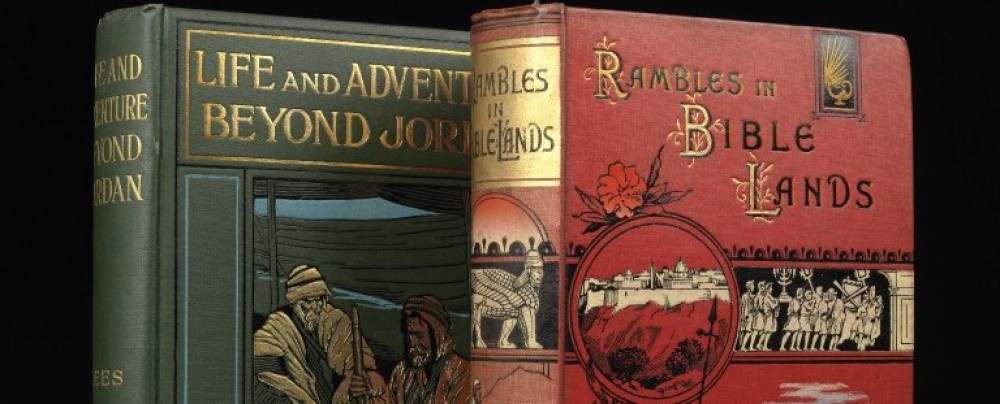
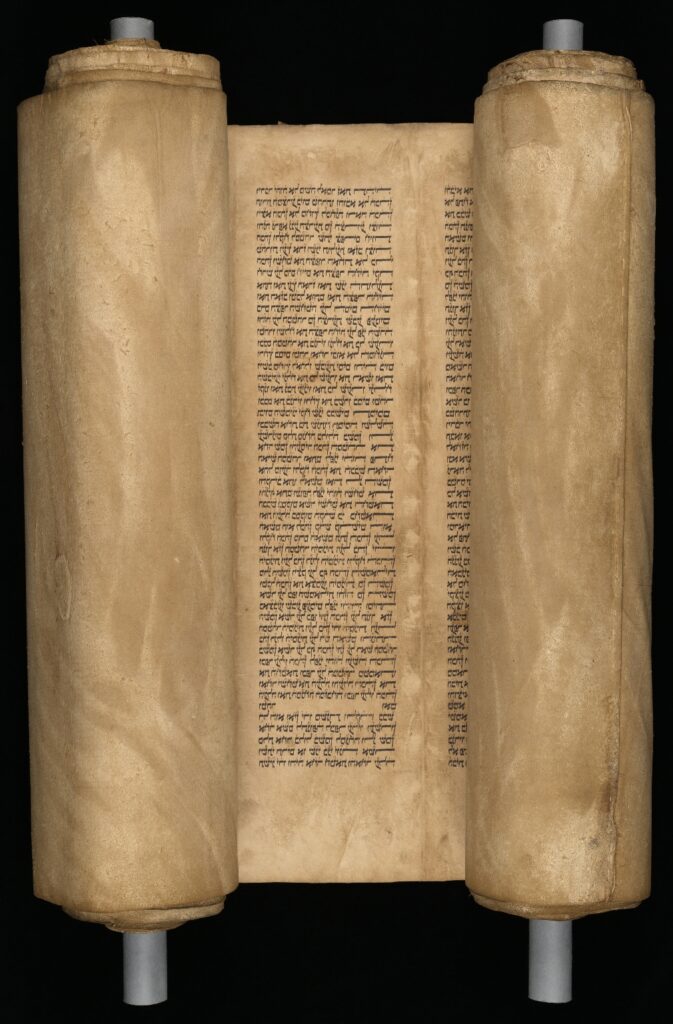



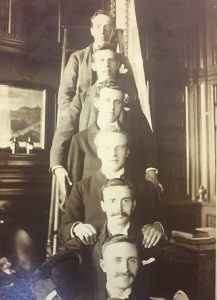

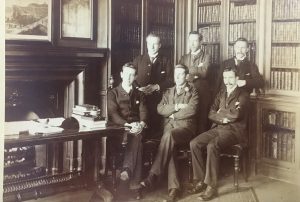
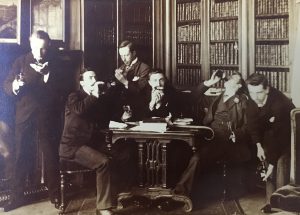
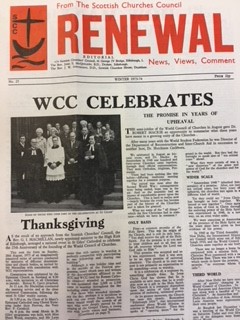
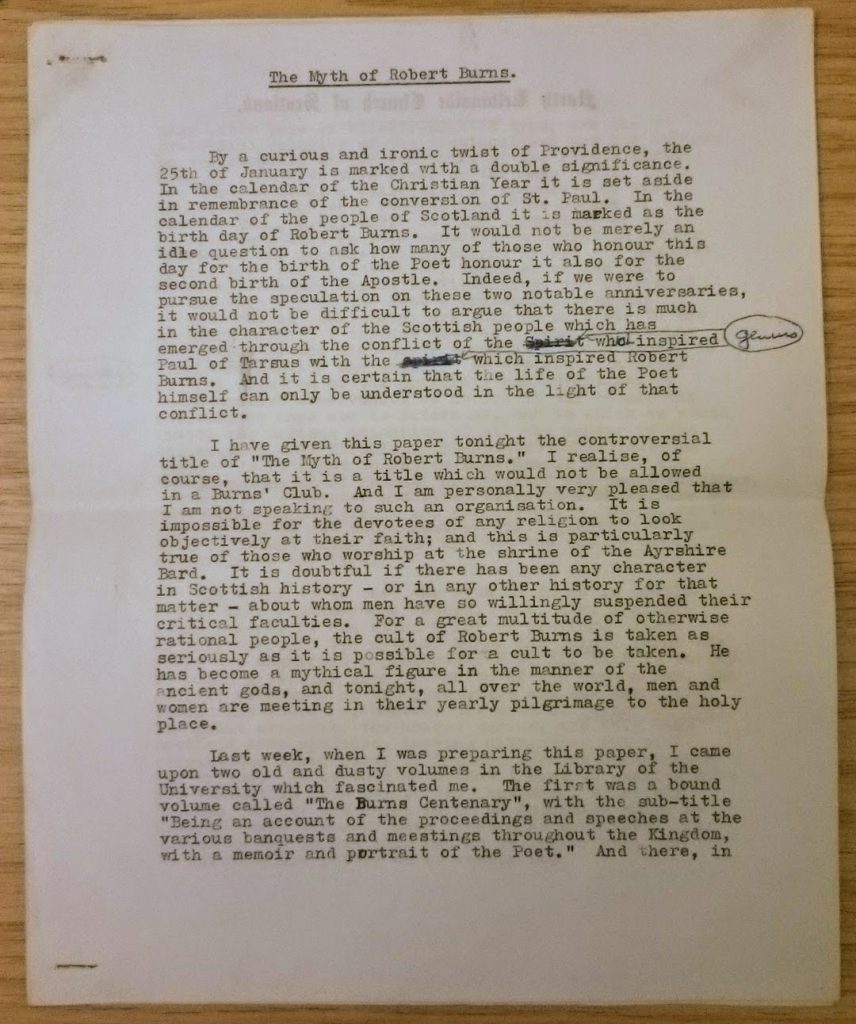
 Over this summer, our three student interns, Thomas, Holly and Mila have been hard at work behind the scenes in New College Library’s Stack III. Their task was to work with the X Collection, a collection of large (folio) early printed books. Over the years this collection had gathered a layer of dust, which our interns carefully removed with a museum book hoover. Having our interns handling each of these books was also a great opportunity to learn more about them, and to understand how the collection was composed in terms of date, language and place of publication. These details were logged using methodology adapted from projects on collections in National Trust Houses.
Over this summer, our three student interns, Thomas, Holly and Mila have been hard at work behind the scenes in New College Library’s Stack III. Their task was to work with the X Collection, a collection of large (folio) early printed books. Over the years this collection had gathered a layer of dust, which our interns carefully removed with a museum book hoover. Having our interns handling each of these books was also a great opportunity to learn more about them, and to understand how the collection was composed in terms of date, language and place of publication. These details were logged using methodology adapted from projects on collections in National Trust Houses.
